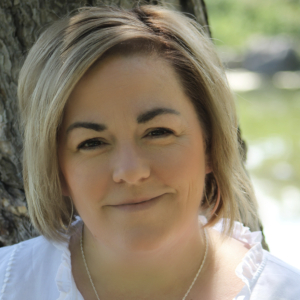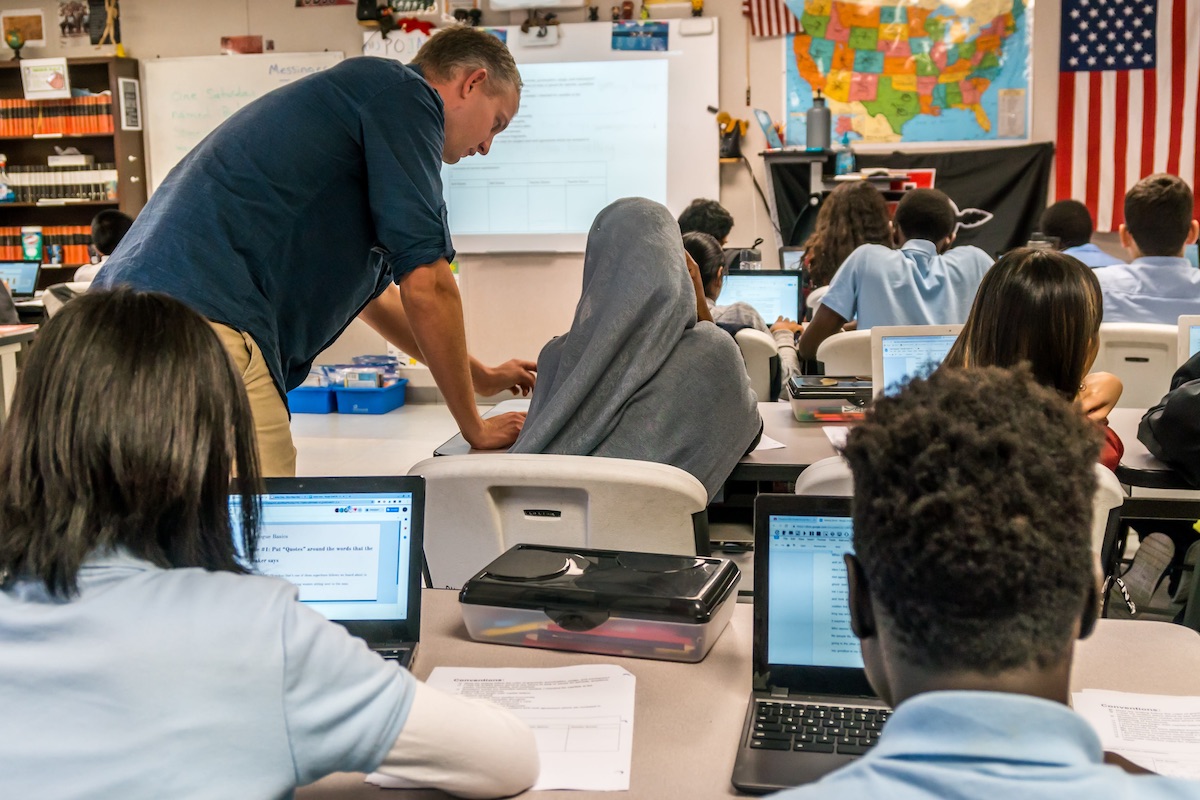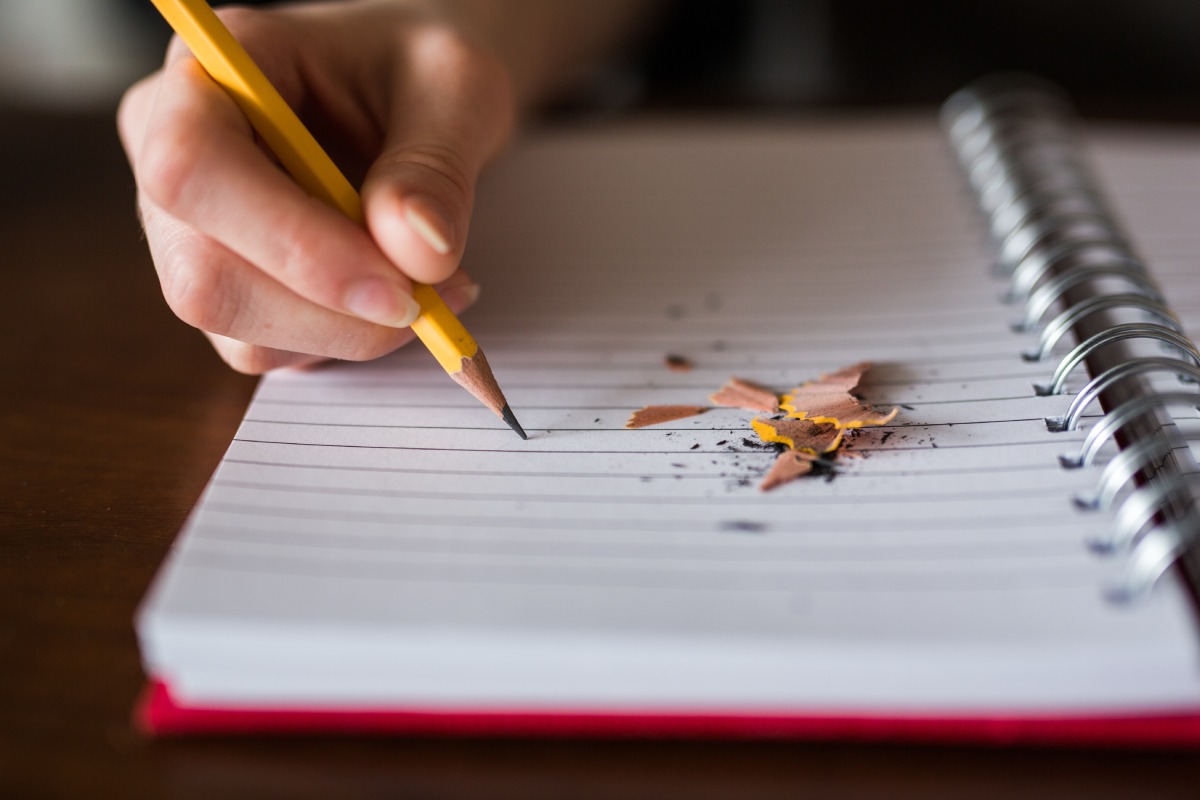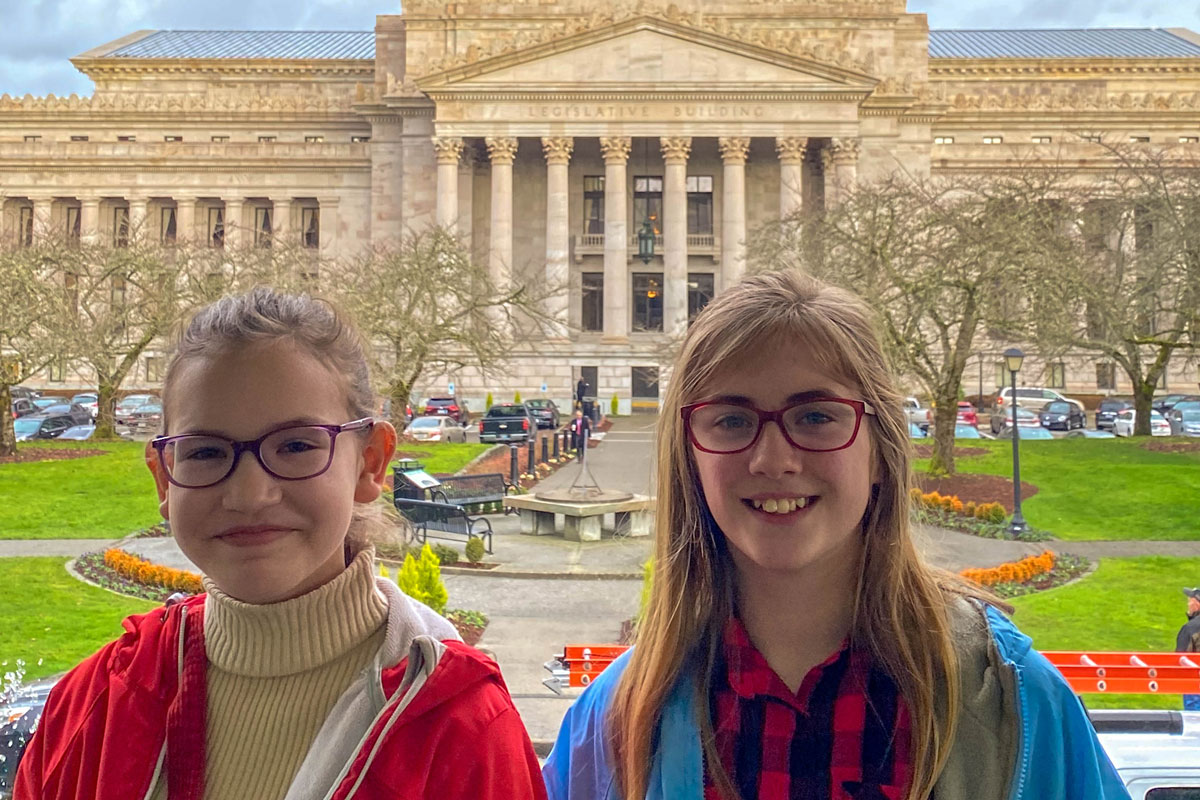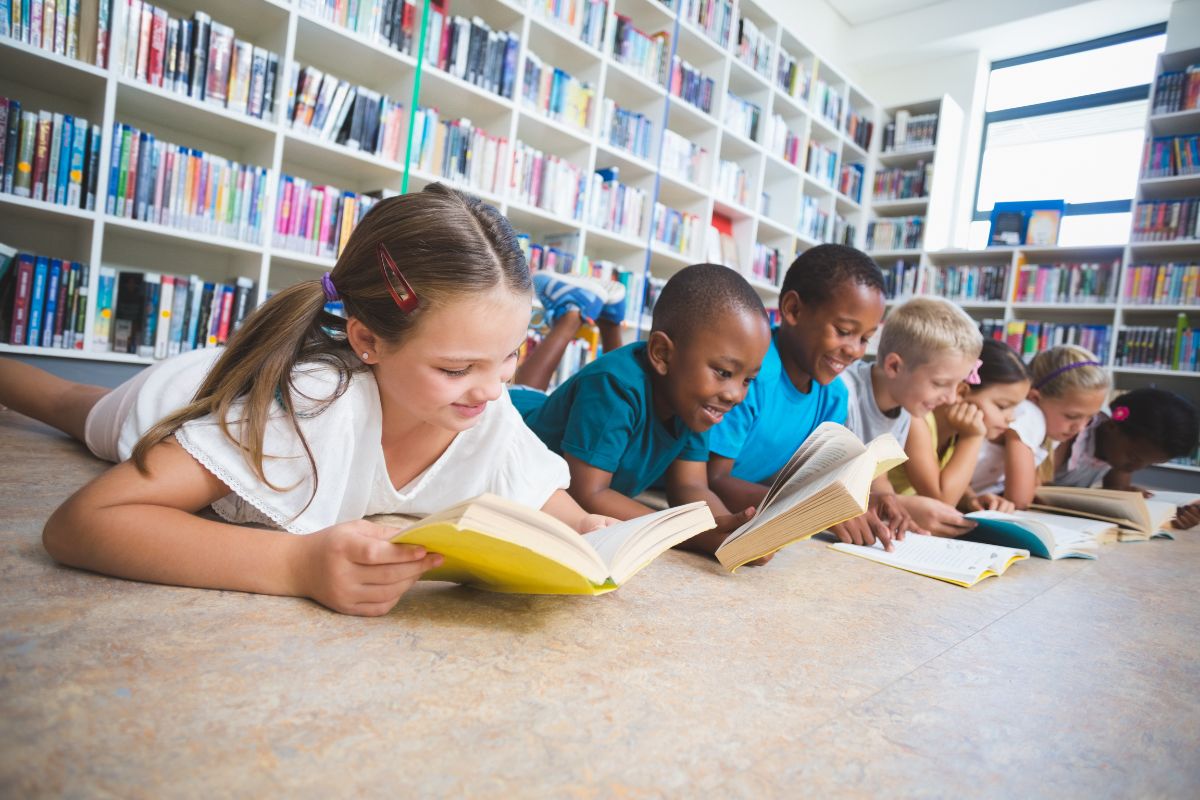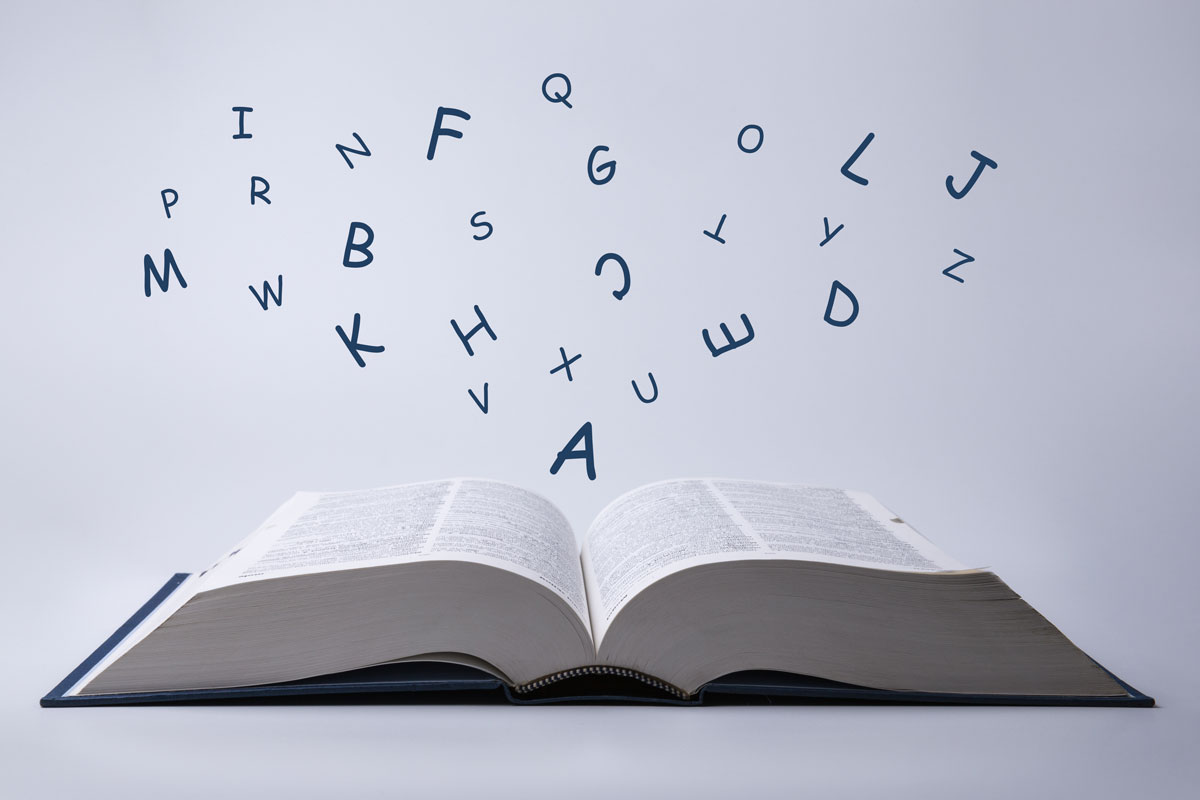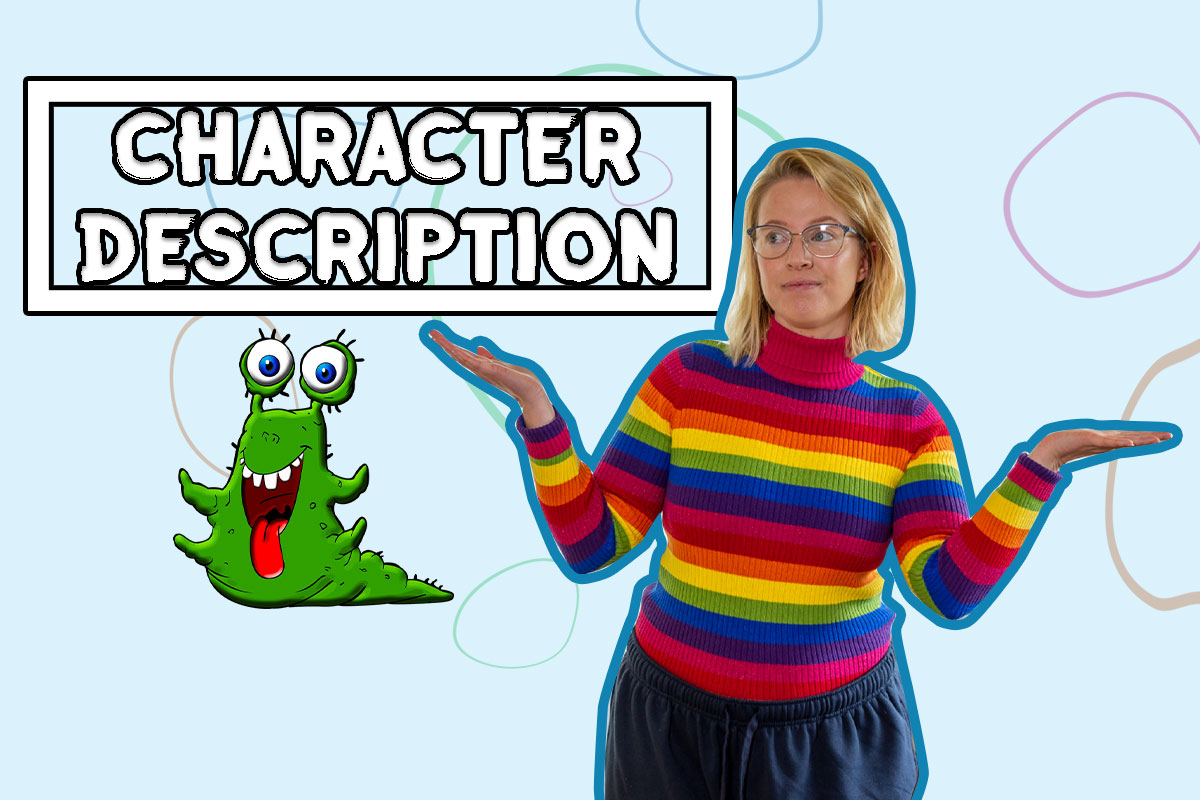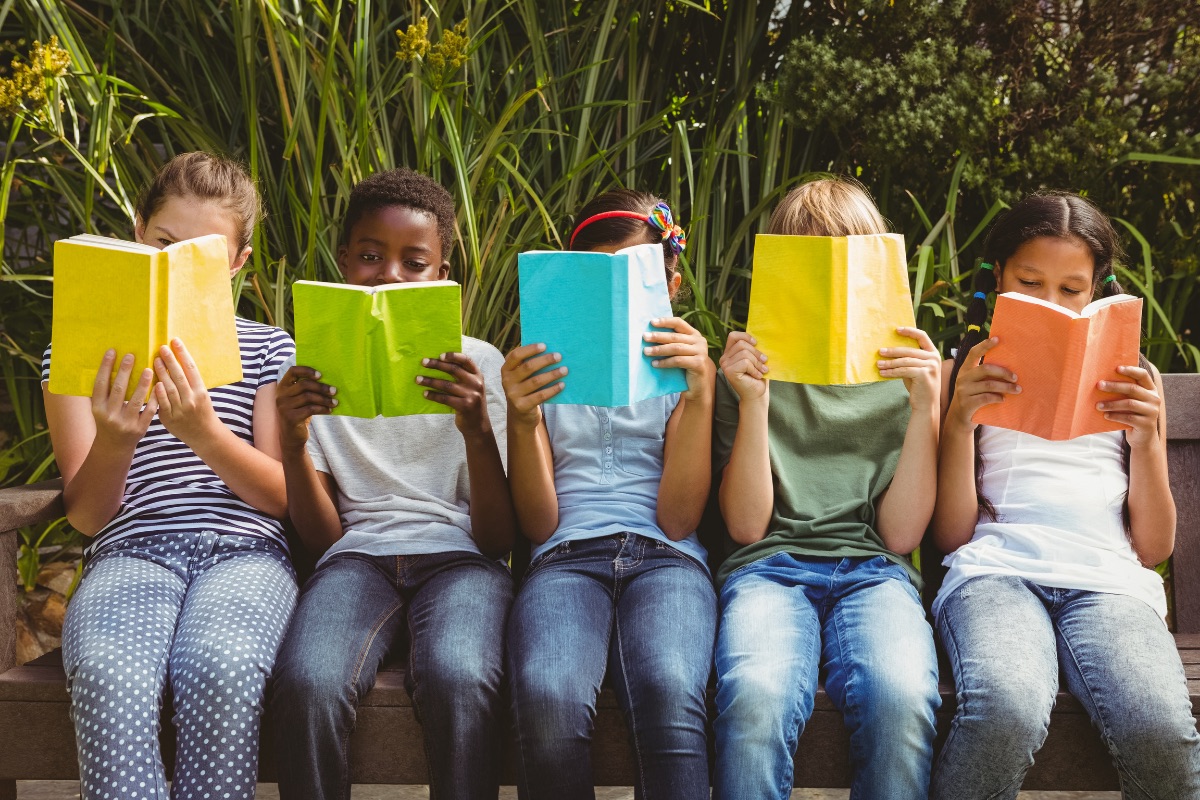Multimodality and Writing Instruction: Complexity, Creativity, Equity, and Influence

As schools began to close their physical doors while opening their virtual schools and classrooms, many educators knew how the headlines that followed this hard season would read. Learning loss is a troubling–if not misguided–concern. Regardless of what we know or how we might feel about its potential, it’s an issue that confronts administrators, teachers, students, families, communities, and even future generations in unique and significant ways.
As a writing teacher who also facilitates professional learning experiences for other writing teachers, composition is where my heart lies. It’s also where my thoughts are focused as we transition into a summer that will be less recreation and more recuperation for most. I’m curious: How many educators intend to return to school prepared to greet students who have acquired different knowledge and skills as a result of this pandemic rather than intending to “fix” those they assume were “broken” by it? This is an important nuance. While our intentions to be of service are typically very good ones, our biases often lead us to see brokenness instead of strengths or even giftedness. This kind of deficit thinking undermines our collective potential.
In my experience, demands for digital literacies skyrocketed in 2020-2021. Opportunities for connected learning increased, and educators and students alike learned how to communicate across different platforms. As concerns were raised about those students who stopped showing up to school entirely, I couldn’t help but wonder what compelled them to turn away. Many were called to help out more at home. Some were working as well. Others chose to invest their time in other pursuits. Regardless–we’d be foolish to assume that learning wasn’t happening. What’s more, the notion that anyone would prioritize schooling over the realities of living through a pandemic is an interesting one to explore. Some might say our concerns about learning loss reflect a certain kind of privilege. They might reveal a bit about our own trauma and the denial we continue to practice in the face of it, too. Learning loss is a common and comfortable problem for educators to try to control inside of a moment that is far beyond our grasp.
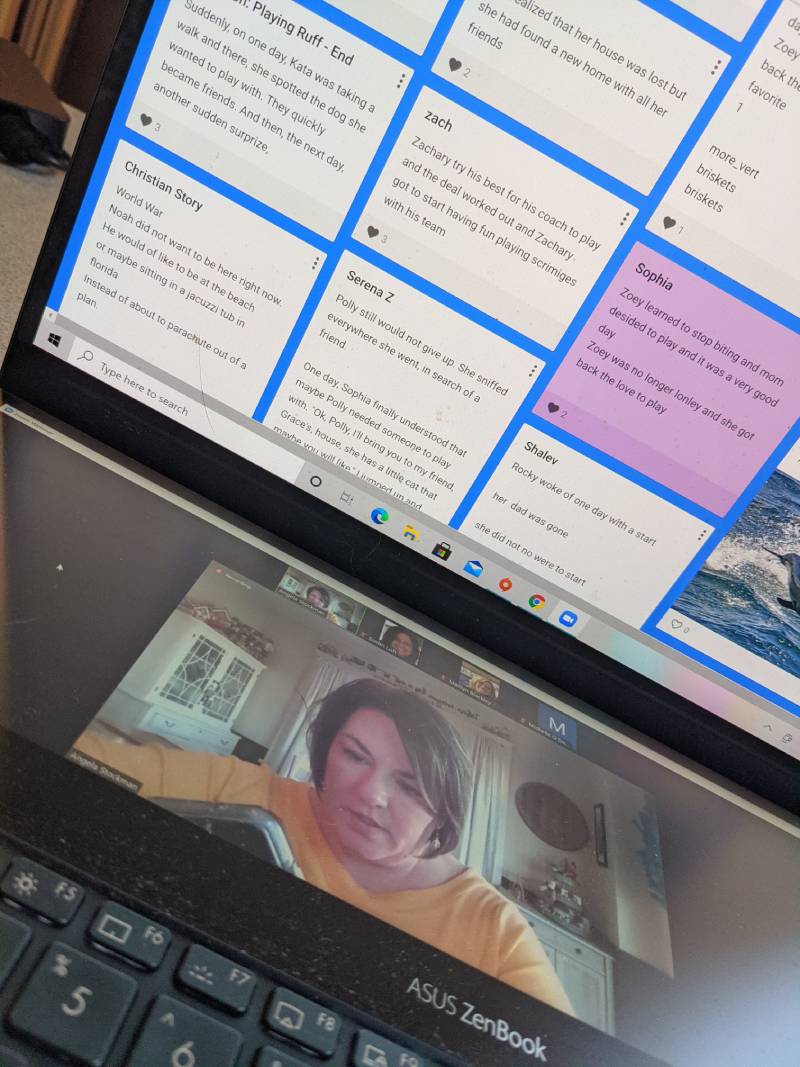
Here’s something we can’t deny, though: Whenever we spoke about the achievement gap prior to COVID-19, we often made dangerous generalizations. We spoke in Black and White and a bit about poverty, but we rarely did our own homework here. We rarely problem-solved through the lens of our specific work in the field, either. Instead, we often threw our hands in the air while citing external root causes that remained safely beyond the realm of our control.
And by “we” I mean me.
So, I’m trying to get very clear about my work right now. I imagine it might be the work of every educator who supports composition and more importantly–composers of all kinds–inside of schools. I am eager to make an evidence-based and humble assessment of the reasons why writers turned away from my invitations to compose this year. I’m trying to make a humble assessment of what they were doing instead, too. I don’t need to wait on big data to give me these answers. I need to investigate inside of my own small circles. This is where I might influence change. This will look different in every content area and grade level as well. We write for different purposes in different contexts. Understanding what writing looks like in the professions we’re preparing students to enter might help all of us understand how we might engage them better in our own classrooms.
Here’s what I know: Writing has always been multimodal, and the year behind me only validated this. Writers were ditching digital research paper writing to play video games with their friends and consume TikTok videos. They also made some of those things themselves.
Only a fool would fail to acknowledge the role of composition within these contexts. The greater challenge is harnessing the lessons we might learn from all of this and aligning our practices accordingly. For instance, prior to COVID-19, writers in my orbit revelled inside of makerspaces that invited a great deal of loose parts play. They made characters with clay and settings with pinecones and sticks and leaves. Materials matter in my writing world because they inspire the kind of metaphorical thinking that results in breathtaking compositions.
“So, can you create drag-and-drop digital assets?” people kept asking me this year.
“This doesn’t make sense,” I argued. “Invite them to play. Get them outside. Encourage them to make things and photograph them. Use digital spaces to share.”
Some did this, and some writers appreciated this. Especially those who need to move and play in order to learn. These are the writers we often label “distracted” or otherwise dysfunctional inside of our classrooms and workshops.
It’s difficult to deny the fact that those same humans–confident multimodal composers– were the first to successfully pivot inside of our pandemic world, though. These were the people that made the rapid transition to remote comfortable for others, too.
That’s the strange and in many ways–bitter irony–that many like me are grappling with right now. We privilege the production of written words in schools, and once writers leave this domain, they quickly learn that the world demands something different and more. Unless they’re able to translate all of that print into multimodal compositions that audiences appreciate, they’ll never have the influence they hope to. Or need to.
So multimodality isn’t merely about aesthetics or engagement. It’s about affordances and understanding how certain modes of expression enable creators to communicate things that others don’t and in ways that others can’t. Multimodality is about composing complete narratives, arguments, and teaching texts. It’s about inviting a process that is far more accessible and equitable, too–because it doesn’t rely on print alone, and it acknowledges when print creates a barrier. It often does.
While many are wondering how our rush to remote learning might influence the shape of schools as we return to physical buildings this fall, my questions are a bit different, and I invite you to consider them, too:
What has the pandemic taught us about the power of multimodality, and how will these lessons influence the way we define and teach composition in our schools?
Our answers have always mattered here, and our inability to find better ones right now limits our potential to serve writers well. It’s done harm, too. I acknowledge this as much as I recognize the lessons that I might learn from COVID-19.
If you’d like to explore them together, I’d love to chat with you. You can find me on Twitter and LinkedIn @AngelaStockman or in the Building Better Writers Group on Facebook.
Stockman, A. (2021). Creating inclusive writing environments in the K-12 classroom: reluctance, resistance, and strategies that make a difference. New York, NY: Routledge.

